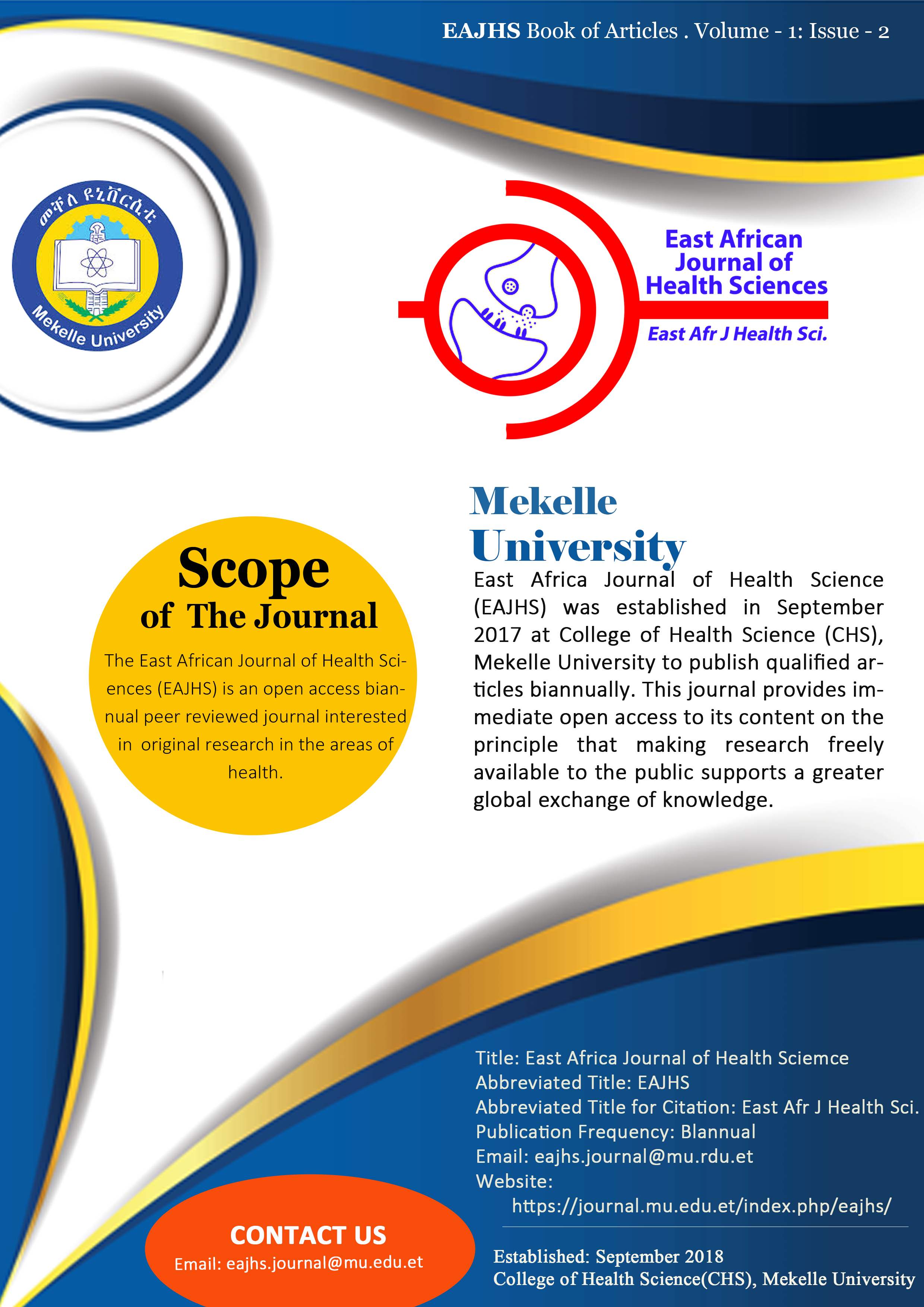Effect of sub acute administration of hydromethanolic leaf extract of Ocimum Lamiifolium on the histological framework of the liver and kidney of Swiss albino mice
DOI:
https://doi.org/10.71624/31xzpr84Keywords:
Ocimum lamiifolium, Hydromethanolic, Leaf extract, Sub-acute, toxicity, liver, kidneyAbstract
Background: Ocimum lamiifolium Hochst. ex Benth. (Lamiaceae) has been used as traditional remedy for many years. However, its toxicity has not been well studied in order to determine the adverse effect of its application.
Objective: The study was aimed to assess the histopathological effect of oral administration of an extract of Ocimum lamiifolium on the Liver and Kidney of mice.
Methods: Twenty-four adult albino mice were allocated into four groups (I, II, III and IV) six mice for each group. Group I was assigned as control, and group II, III and IV were the experimental groups. Each experimental group received 200, 400 and 600 mg/kg respectively of an extract of Ocimum lamiifolium orally for 28 days. At the end of the administration, the mice were sacrificed by cervical dislocation. The liver and the kidney were collected, fixed in 10% formalin and processed for light microscopy.
Results: Gross observations of liver and kidney of both treated and control groups showed no significant difference in shape, texture, size, and colour. While the organ weight measurement showed a dose-dependent reduction in kidney organ weight, but no change was observed in liver organ weight.
group has shown a dose-related mild to severe diffuse swelling of hepatocytes with marked vacuolization, focal microvascular steatosis of hepatocytes and periportal inflammation with mononuclear cell infiltrates compared with the control group. Likewise, the kidney sections of the mice treated at the higher dose (600 mg/kg) showed tubular necrosis, renal tubule vacuolation, and haemorrhage.
Conclusion: This study has shown that oral administration of Ocimum lamiifolium at lower doses of the extract may not have an adverse effect at the cellular level but could be hepatotoxic and nephrotoxic in a pattern when higher doses are consumed and this may have a similar effect in the human.
Downloads
Published
Issue
Section
Categories
License
Copyright (c) 2024 The Author(s)

This work is licensed under a Creative Commons Attribution 4.0 International License.
This journal and its articles are licensed under the Creative Commons Attribution 4.0 International License (CC BY 4.0).


